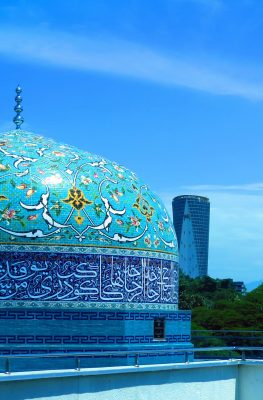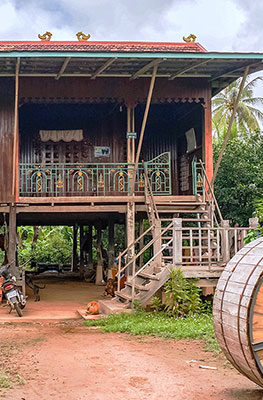Published on December 8, 2014
Between ancient Ha Noi and the Nguyen dynasty in Hue, travelers will find a thousand years of history waiting to be retold in these cultural sites in Vietnam.
1.1. Imperial Citadel of Thang Long – Ha Noi

The 18-hectare Imperial Citadel in Ha Noi is the last remnant of what used to be a massive complex of three incorporated forts, built by Emperor Ly Thai To in 1011 and continuously garrisoned until the 1800s. While the Citadel now serves as the headquarters of the Ministry of Defence, its remnants and relics continue to attract attention from history minded travelers. These include the Forbidden City Wall; eight remaining gates from the Nguyen Dynasty; and an archaeological area at 18 Hoang Dieu Street. Vietnam Tourism page.
1.2. Citadel of the Ho Dynasty

Formerly Viet Nam’s capital from 1398 to 1407, the Citadel of the Ho Dynasty is Southeast Asia’s only remaining stone citadel, and one of Vietnam’s UNESCO World Heritage Sites. Not much remains of the city within, but the stone walls of the citadel remain: a testament to the wallbuilding skills of Viet Nam’s artisans. The Ho Dynasty only lasted two generations, falling to the Ming Dynasty in 1407. Vietnam Tourism page.
1.3. Complex of Hue Monuments

Between 1802 to 1945, the Nguyen Emperors ruled a unified Viet Nam from their citadel at Hue. Their reign left a lasting legacy of architecture in and around the city – the Imperial City and Citadel, seven royal tombs located around the Hue countryside, the Esplanade of Nam Giao, the Ho Quyen arena, and the Hon Chen Temple. It was at the Citadel where the last emperor surrendered his mandate to Ho Chi Minh in 1945. Vietnam Tourism page.
1.4. Hoi An Ancient Town

The port town of Hoi An is almost perfectly preserved from its heyday hundreds of years ago. Located on the Thu Bon River on a site 30 km south of Da Nang City, the Hoi An Ancient Town covers a 2 sq km complex with narrow streets lined with temples, pagodas, assembly halls and old houses. “Charming” and “laid back” perfectly describe this city, which still practices ancient crafts like woodworking and lantern making that endear it to tourists to this day. Vietnam Tourism page.
1.5. My Son Sanctuary

Before a disastrous war with the Dai Viet in 1471, the Cham Kingdom ruled over the present-day Quang Nam Province; the remnants of their My Son sanctuary about 40km from Hoi An attests to the devotion of the Cham to their Hindu gods. About 71 monuments still remain standing in My Son; its earliest buildings date back to the 4th century. From the 7th century onward, the Cham Kings visited My Son as part of their accession, a tradition that continued unbroken till the 13th century. Vietnam Tourism page.






